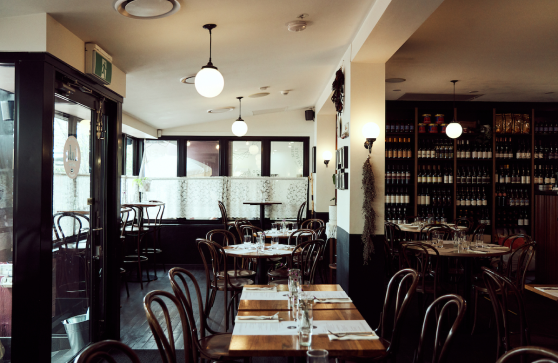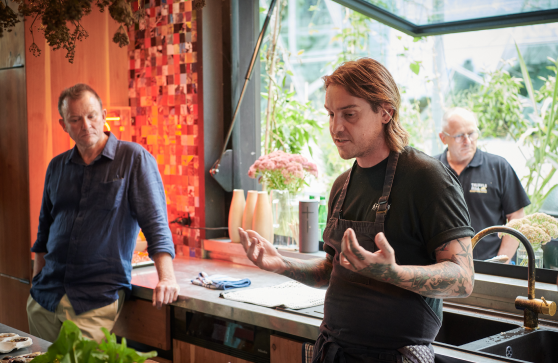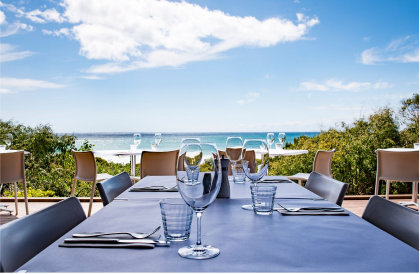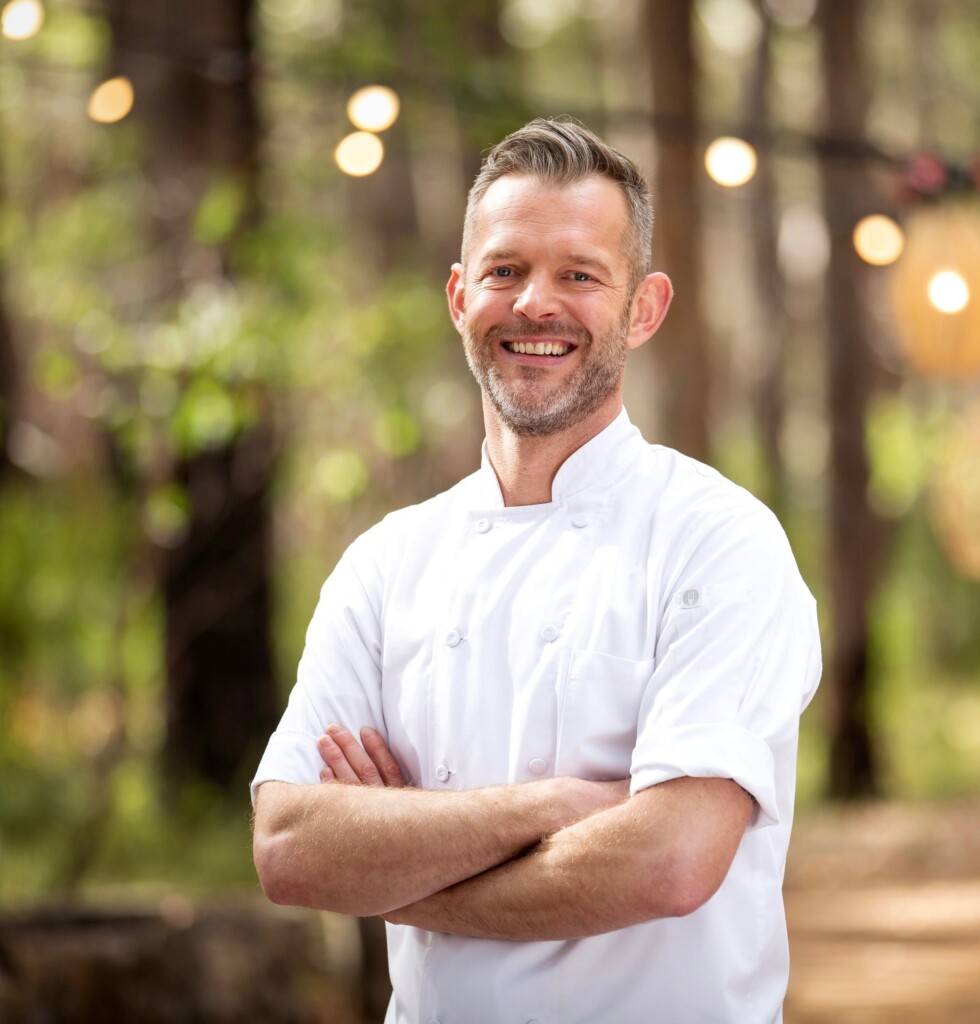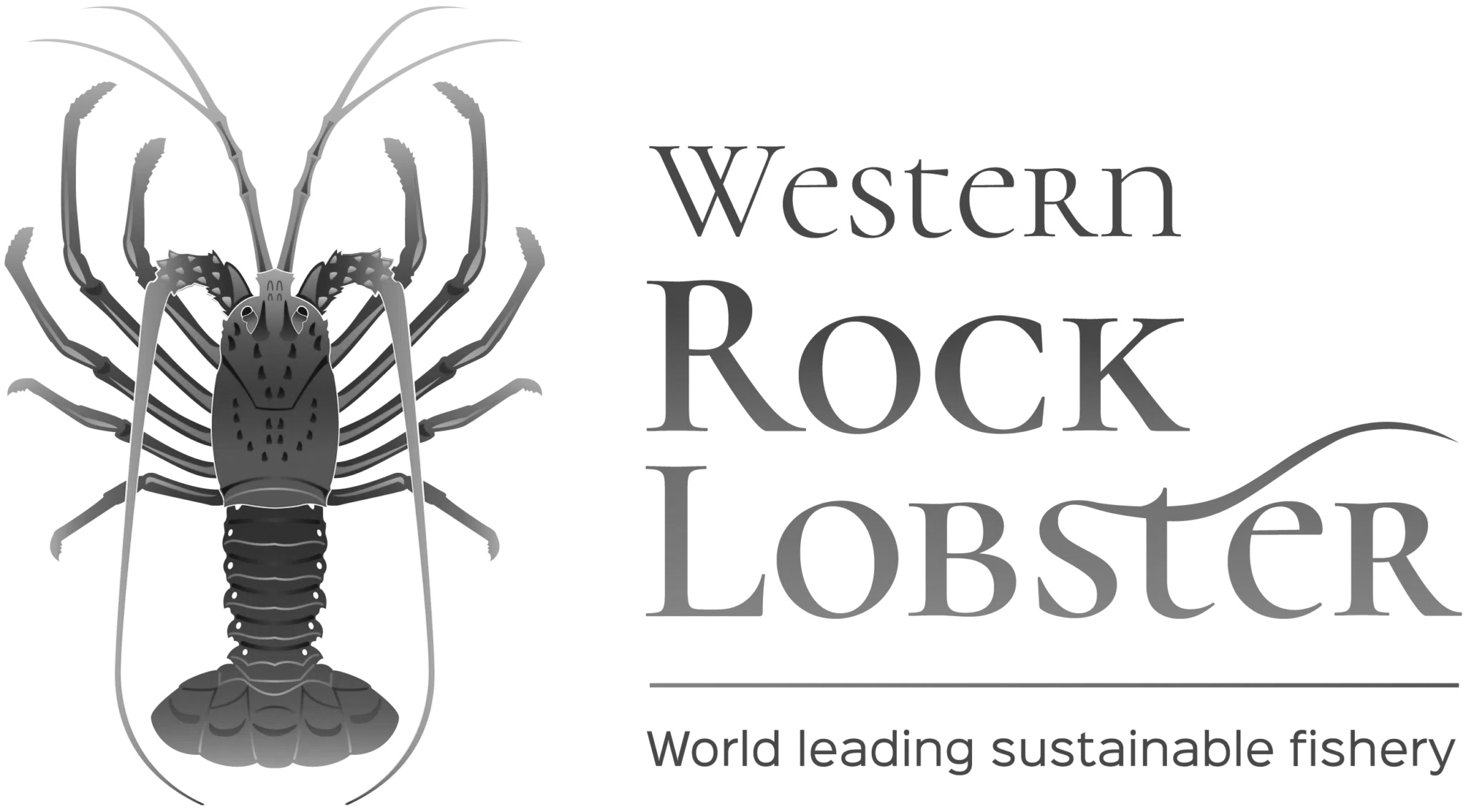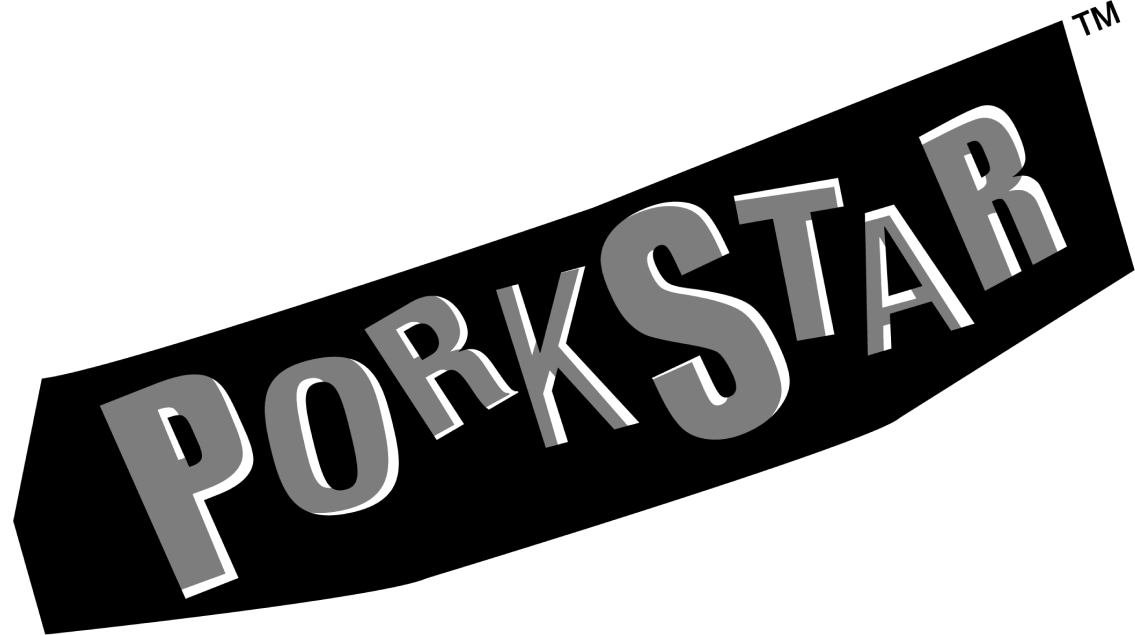Ahead of a big 2023 for the WA Good Food Guide, our director, Georgia Moore, sat down to discuss how and why we do what we do.
Tell us, in simple terms, how does the WA Good Food Guide work?
The right way. Every year, we send out our reviewers to survey the very best restaurants and bars in the state, from Broome to Albany and everywhere in between. This takes months of work. Based on their feedback and according to strict criteria, we scrutinise their feedback, their notes, their scores, compare and contrast, interrogate and ultimately decide on our Top 100. If we need to return anywhere for a second look, we do.
Like the best models around the country and the world, we book under assumed names, pay for our own meals and require all our reviewers to declare any conflicts of interest up front. Venues never know when we’re coming, and we’re not in the business for freebies – which is to say that places and rankings in our guide can never be bought or sold, full stop. The result, released in November, is the state’s most comprehensive and rigorous independent restaurant guide, backed by years of experience and good practice, written by people who love to eat, and love to tell you about it.
How’s the reviewing team shaping up for this year’s Guide?
Our team is made up of a combination of local and national writers – we fly interstate writers in during the reviewing period for stays of one to two weeks, which brings more perspectives and expert opinions into the fold. I’m humbled to work with a team of Australia’s most experienced food reviewers. David Matthews, our Editor, is a former chef, he’s edited the Gourmet Traveller Restaurant Guide, has reviewed for the country’s leading mastheads and guides, including Gourmet Traveller, Good Food and delicious. He’s a delight to work with and one of the most professional, thorough and unbiased editors I’ve come across. He avoids hyperbole, and that filters down into the entire guide.
We have Besha Rodell, chief dining critic for The Age, a former New York Times food critic and James Beard award winner. We have Matthew Evans, who over his thirty-year career has written more reviews than any other person in the country (bar maybe Terry Durak). He’s a leading author, as well as a farmer and former restaurant operator, so he understands produce, provenance and the realities of running a restaurant. Matty Hirsch is the former Sydney Editor of Time Out, edits the Gourmet Traveller Restaurant Guide and is the Sydney critic for Gourmet Traveller; he also wrote his university thesis on restaurant reviewing.
Max Brearley, our Contributing Editor, writes regularly for delicious and is incredibly experienced and respected by the industry. Mike Bennie needs no introduction – he lives and breathes the industry and has an excellent read on bars and can spot a trend that’s here to stay versus one that’s more fleeting. Our local panel features award-winning writers such as Ange Yang, industry stalwarts like Gail Williams, Cassandra Charlick, Martin Eade, Sue Yeap and emerging writers like Jono Outred and Ai-Ling Truong, Danielle Austin and plenty more depth of talent. The strength of our team is testament to the integrity and quality of the product that is the WA Good Food Guide.
How do you see the guide developing to meet the wants and needs of the reader?
Diversity is always important. In the kinds of venues we’re covering, the subjects we’re writing about, and the people doing the writing. We aim to offer a range of voices, covering venues that traditionally might be overlooked by guides, but warrant your attention, as well as covering the biggest hitting restaurants with the most celebrated name chefs. To go with it, we’re always looking for ways to keep readers up to date with new openings around the state, and offer more insight into this wonderful industry and the people and producers that make it tick. We get that some readers might be interested in viral waffles or avocado on toast and others want up-to-the-minute news on the latest baker; we try to go deep on chefs’ philosophies, the craft of the sommelier and what goes into running the state’s best cocktail bars, and if we profile a venue, we might like to let it hit its stride before sending people there right off the bat.
What are some of the challenges of running a free, independent restaurant guide? What guides your approach?
I would say rather than challenges, there are simply philosophies you need to adopt and stick to, which take discipline; you need to become almost mantra-based in your approach and stay focused in your own lane.
We look to platforms like the Michelin Guide, The LA Times 100 list and The World’s 50 Best as our peer group. When I was working on the opening of the State Buildings back in 2013, before I started working with the guide, I was lucky enough to have a mentor who used to come back from international trips and drop things on my desk to look at – he would always say “benchmark, benchmark, benchmark” – his view on standards was global, and that’s resonated. I don’t want to create something that’s just good enough for WA, it has to stand up next to any international product. The world is open. The traveller flying into Western Australia is typically well travelled, high spending and articulate. They are also going to benchmark us next to products they have seen in other leading global markets. At the same time, our approach is our own, and we’re proud of our unique model.
What are you most looking forward to this year?
As a truly independent platform without a big media engine behind us, we are always looking at ways to innovate and integrate our content as growing our audience year on year is obviously a primary objective. Constantly looking at ways to do this is just as exciting to me as hosting a long table lunch on a remote island in the Abrolhos.
I’m also looking forward to our events program – this year we will launch a stand-alone WA Good Food Guide Wine Awards Night which will sit separately to our big hospitality awards night in November. These awards, especially our hospitality awards, give up-and-coming talent another reason to stay in Western Australia instead of chasing recognition in other markets. Encouraging talent to stay in WA obviously strengthens the industry here which presents WA to the world in a positive light. Look at the place we live and the natural landscape around us – coupling that with a world-class hospitality offering is the dream and the long-term vision we are chipping away at year on year.
We know culinary tourism is also very important to the state, so we need to deliver on that. The WAGFG provides an ecosystem to achieve this – we drive high standards, we inspire venues and talent to be their best, we reward, then we repeat. This process ultimately improves the quality of hospitality in WA.
Who is the WAGFG audience?
Last year saw our biggest spike in audience growth in the last seven years, which was really encouraging and looking at our last survey, we can see our audience are increasingly discerning. They are intelligent and they respect the facts. They want to understand the concept and vision of a venue and they need to have a reason to visit and spend their money there. They also value social currency, and this is where having such an experienced team of writers comes in. Our team know the right questions to ask to be able to get the best possible content to disseminate to our readers.
Our content strategy aligns with that reader insight; all of the content we create weekly from producer profiles to chef and operator Q&As to regional guides treats our readers as our peers – because they are. And that’s our true point of difference and one we are very proud of.
